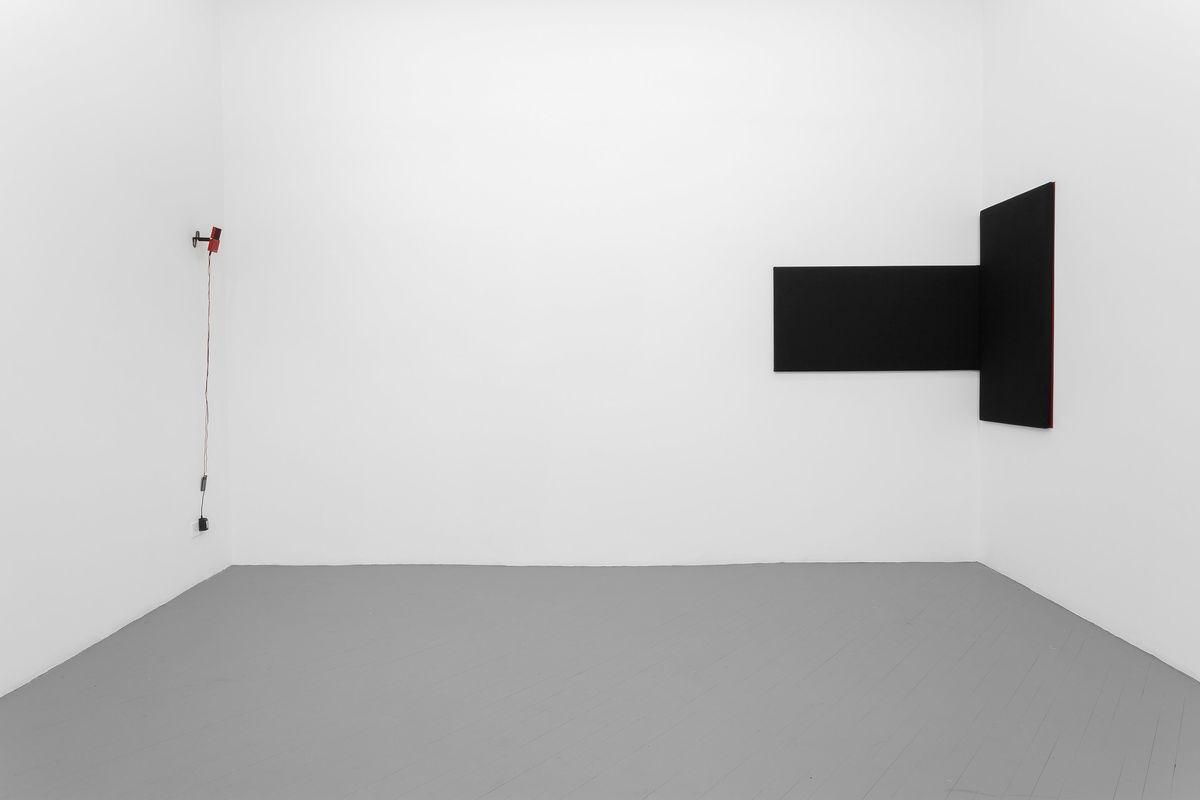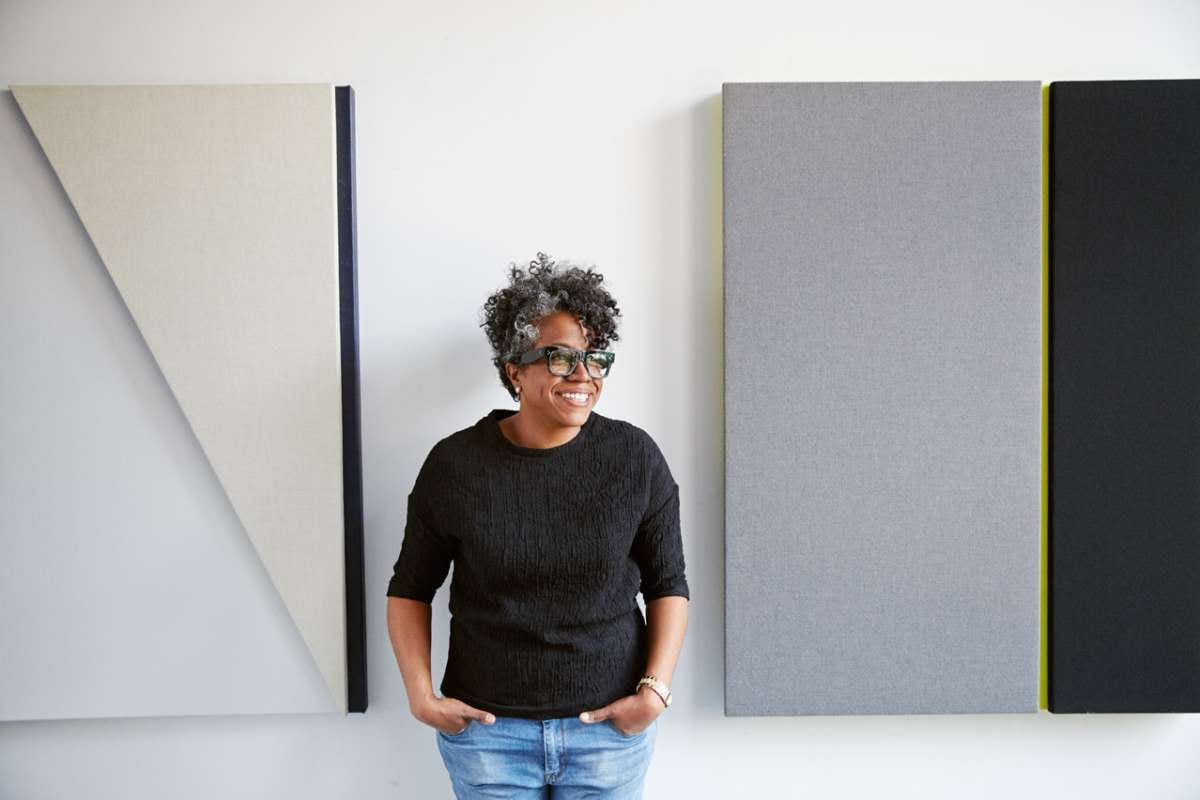
RPM (revolutions per minute)
Jennie C. Jones: RPM (revolutions per minute) brings together newly commissioned audio collages and works on paper that extend the artist’s ongoing engagement with visual and sonic abstraction. Throughout her work, Jones has mined histories of American Modernism — focusing on Minimalism, avant-garde music, and their corresponding cultural, social and political shifts — in order to highlight the unlikely alliances that emerge among them. Jones describes this approach as “listening as a conceptual practice.”

For this commission, Jones inserts two site-responsive audio collages into the Philip Johnson–designed Glass House (1949) and Sculpture Gallery (1970). In the Glass House, the artist’s durational intervention, titled “revolutions per minute,” employs a harmonious combination of solfeggio frequencies that encourages visitors to consider the aural environment of the transparent pavilion as well as underscores its reverberating cultural influence.In the Sculpture Gallery, the aforementioned sound carries over as an undertone and is transformed by a counterpoint of predominantly black sonic practices from the year 1970, including Alice Coltrane, Alvin Singleton, Milford Graves, and Yusef Lateef. This work, titled “Year of Construction: 1970,” climbs into a crescendo of sound before spiraling back down to the soft tone at the start of the piece, sonically echoing the gallery’s interior patterning of light and winding staircases.

To complement the audio collages, Jones has created a series of new works on paper on view in the Painting Gallery (1965). She will also produce a limited edition 45 RPM vinyl record containing the sound works from both buildings. 45 RPM singles were first introduced in the same year that the Glass House was constructed.
In these works, Jones opens a dialogue by integrating the modernist histories embedded in the Glass House site and music by artists whose work reflects social and political issues of that same period. By layering radical music over Johnson’s unconventional architectural experiments, Jones points to a more expansive history of abstraction than has been generally acknowledged – one that includes voices that had been largely excluded.

Final Take: Same Bridge on the Syncopated, 2018
In the site-specific work Final Take: Same Bridge on the Syncopated, 2018, a small parametric speaker throws sound into a corner of jet-black panels that hover against a section of red-painted wall. The audio is sourced and abstracted from a 1958 Chicago recording session of the jazz pianist Ramsey Lewis, though the notes that prevail are interstitial moments between takes when the sound engineer speaks. Here, as in the rest of the installation, Jones revels in the affective power of silence and lack, staging encounters with forgotten histories and extra-visual phenomena through the bodies of her viewers.
- Artforum. Full review here
See also:
Jennie C. Jones
http://www.jenniecjones.com/press/
Just listen: the minimalist art of Jennie C. Jones
https://www.houstonchronicle.com/entertainment/arts-theater/article/Just-listen-the-minimalist-art-of-Jennie-C-Jones-6746313.php
HuffPost Arts Interviews Jennie C. Jones
https://www.huffingtonpost.com/2012/01/18/jennie-c-jones_n_1214474.html
